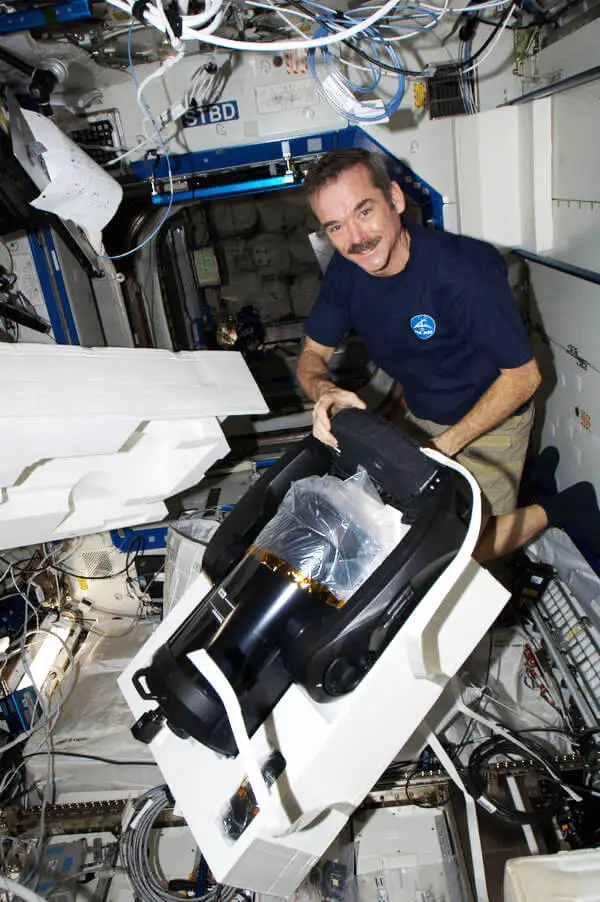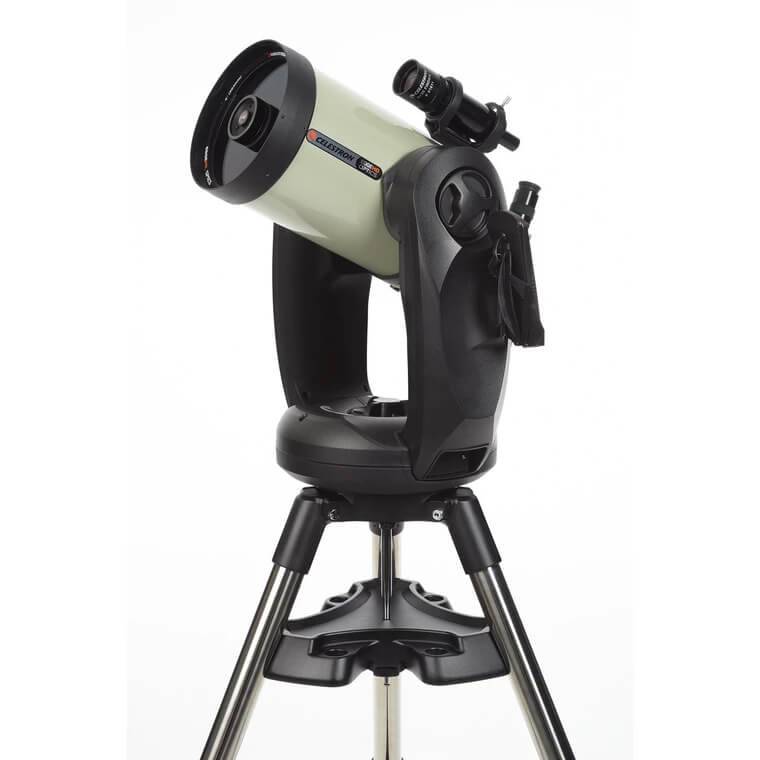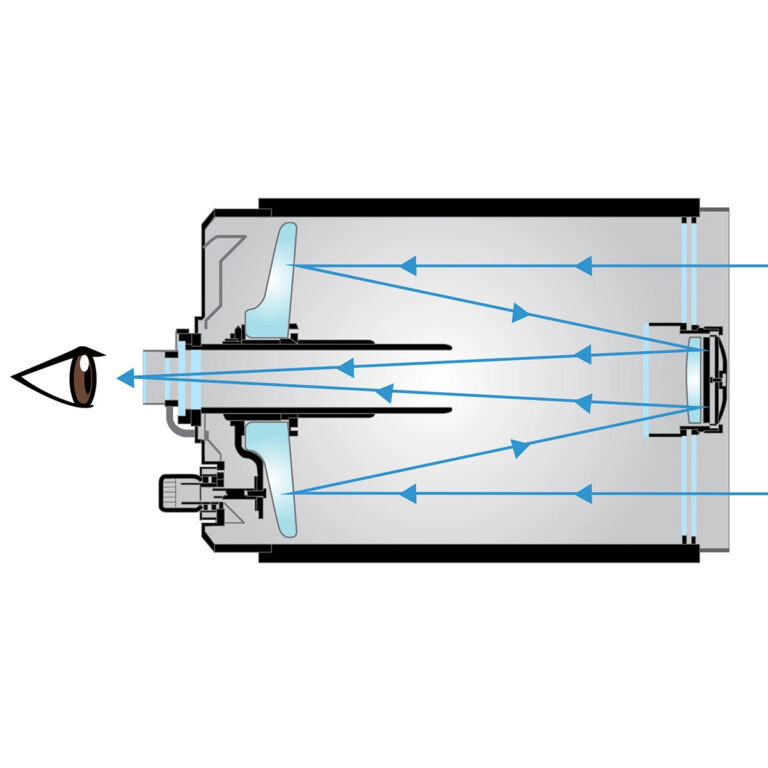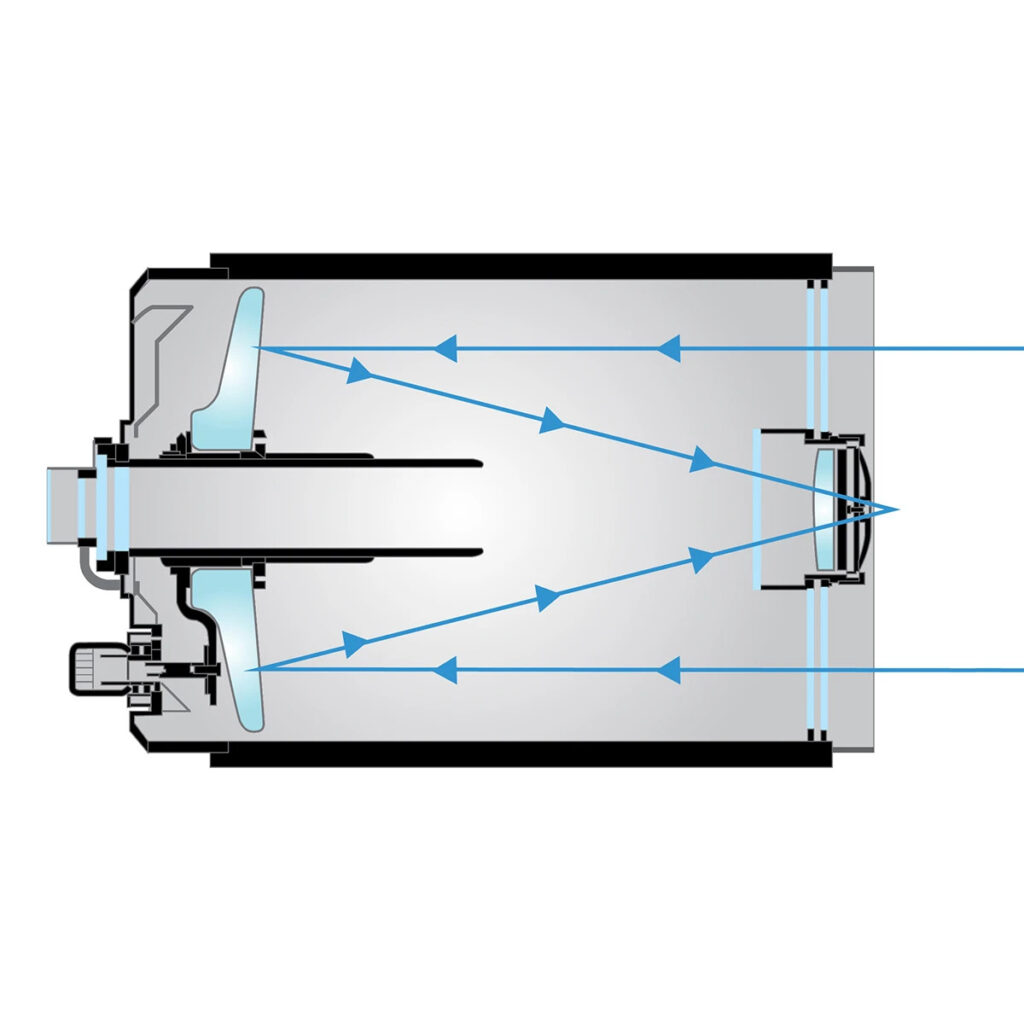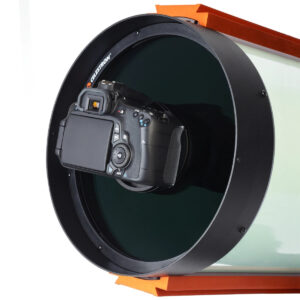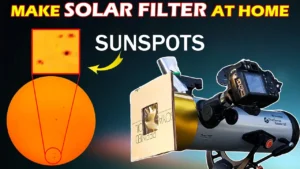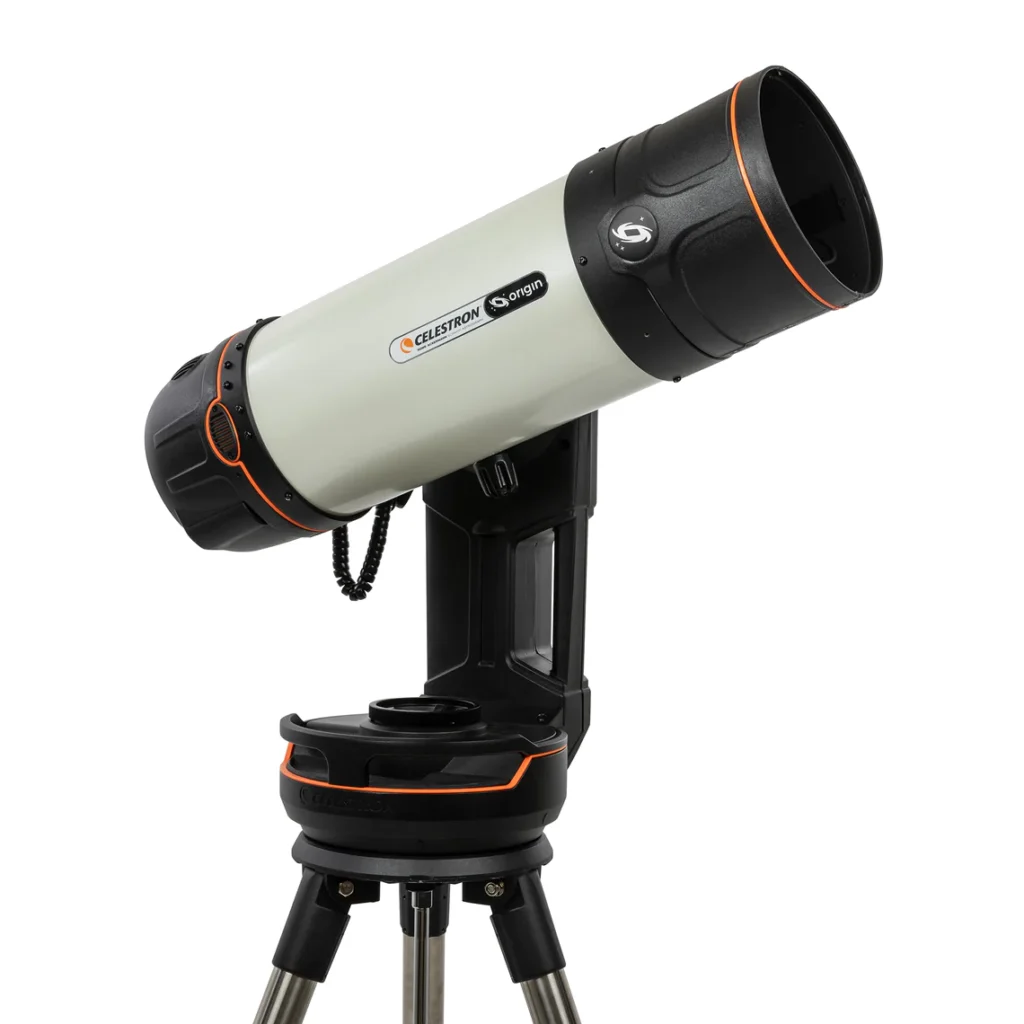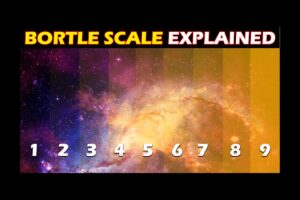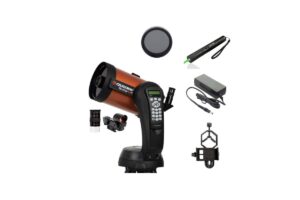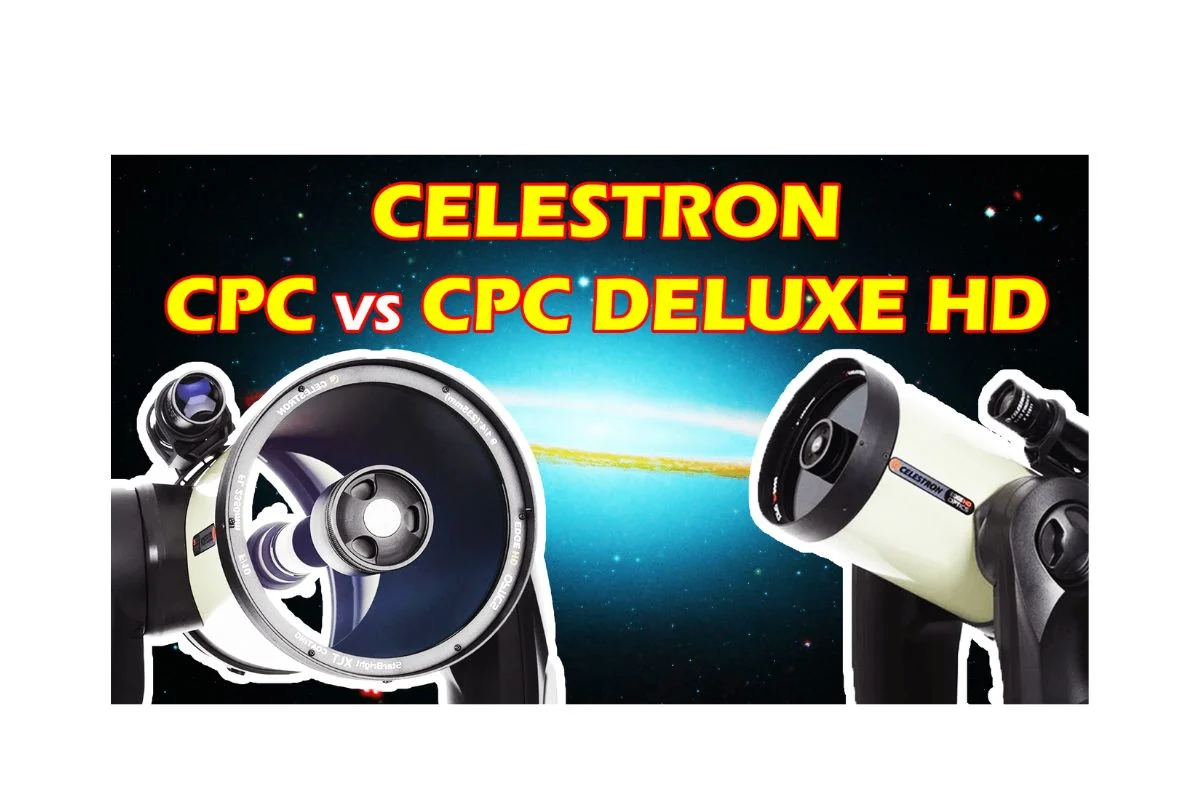
In the previous articles, we saw Celestron NexStar Evolution series telescopes. One more series of Celestron is the Celestron CPC series. In the CPC series, there are two types of telescopes. The first is a CPC telescope and the second is a CPC Deluxe HD telescope. This CPC series of telescopes is for intermediate to professional astronomers.
NASA uses this CPC Deluxe HD series telescope on the international space station. This was the favorite telescope of one of the greatest minds on earth professor Stephen Hawking. There is no doubt that you’ll get excellent results from this telescope.
Celestron CPC series
These telescopes are made for excellent image quality, and for that you need a bigger aperture. So, the basic aperture size of this series of telescopes starts at 8-inch. There is an 8-inch telescope, a 9.25-inch telescope, and an 11-inch telescope in this series. As these telescopes come with bigger aperture sizes, they are very heavy. So these are not grab-and-go telescopes. The total weight CPC 8-inch model is 61 lbs around 28kg. The CPC 9.25-inch model weighs 77 lbs around 35 kg and the CPC 11-inch model weighs 84lbs around 38kg.
So far all the telescopes from Celestron had a single fork mount. But CPC series telescopes are very heavy and a single fork mount would not give you much stability for better results. So this series of telescopes come with a duel fork mount. The duel fork mount can support more weight and offer more stability which ultimately results in better performance.
The mount feels exceptionally sturdy, and there are no issues with vibration and anchors the telescope for ultra-precise tracking. The mount handles additional weight beyond the heavy optical tube, so you’ll have no problem attaching other accessories to the mount without affecting how well it works. All these mounts come with a 40,000 object database with over 100 user-definable objects and expanded information on over 200 objects
Celestron CPC vs CPC Deluxe HD
The main difference between the Celestron CPC & CPC Deluxe HD is the optical tube assembly. All the CPC telescopes are Schmidt-Cassegrain-type telescopes. CPC models come with Celestron’s premium StarBright XLT coatings.
The CPC Deluxe HD is an Edge HD-type telescope. All-optical surfaces of this telescope have StarBright XLT coatings. Because of its Edge-HD optical system, it corrects for both coma and field curvature, providing aberration-free images and pinpoint stars across the largest imaging sensors and to the edge of the widest eyepieces. When you look through the HD model or when taking photos, the stars look perfectly across the field of view. You will find no distortion in the image.
The images through CPC HD tend to be brighter and sharper because the optics are corrected for those errors. Also, the CPC Deluxe HD is Fastar compatible. Fastar is a technology of Celestron that increases the speed of your telescope by 28 times. This is done by removing the secondary mirror of your optical tube.
How does this technology work?
Let’s say you have a telescope with a focal ratio of 10. As you can see in the image light is reflected from the secondary mirror and then goes to the eyepiece. Now with fastar, you can remove the telescope’s secondary mirror and fit your DSLR camera in that spot. Without a secondary mirror, the telescope’s focal ratio decreases from 10 to 2. Ultimately increasing the speed of your telescope. We explained this in detail in this article. Lower focal ratios are best for lower power wide-field observing and deep space photography.
Also when you remove the secondary mirror, the light entering the telescope only bounces off the primary mirror and not the secondary mirror. Therefore, more light hits the camera’s lens, resulting in greater details in images.
Specification of CPC Deluxe HD 8-inch.
It has an aperture of 203mm with a focal length of 2032mm. It has a focal ratio of 10. Its highest useful magnification is 480X and its lowest useful magnification is 29X.
Specification of CPC Deluxe HD 9.25-inch.
NASA uses this telescope on International Space Station. On ISS this telescope is positioned on an Earth-facing window. The purpose of these telescopes on ISS is to monitor and assess environmental disasters, climate change, rainforest destruction, and air quality in various locations on the earth. On ISS this telescope also helps in predicting short-term weather on earth. This telescope has an aperture of 235mm with a focal length of 2350mm. It has a focal ratio of 10. Its highest useful magnification is 555X and its lowest useful magnification is 34X.
Specification of Celestron CPC Deluxe HD 11-inch.
This telescope was used by Professor Stephen Hawking. Professor Hawking created a wish list for future objects to observe, it included Mars, Pleiades Star Cluster, Andromeda Galaxy, and planet Pluto.
Telescope has an aperture of 280mm with a focal length of 2800mm. It has a focal ratio of 10. Its highest useful magnification is 660X and its lowest useful magnification is 40X.
Which one should you buy from CPC Series & CPC Deluxe HD series?
If you are someone who wants to observe different celestial objects, then any telescope from the CPC series will be great for you. If you are someone who wants to do astrophotography, then CPC Deluxe HD series is for you. CPC Deluxe HD series is for Astrophotography.
So this is what the Celestron CPC series offers you. We hope this article helped you to understand the difference between these different series of telescopes for making a better buying decision.
